Discover 9 hidden attractions, cool sights, and unusual things to do in Toro (Spain). Don't miss out on these must-see attractions: Collegiate church of Santa María la Mayor, Convento del Sancti Spiritus, and Iglesia de San Salvador de los Caballeros. Also, be sure to include Iglesia del Santo Sepulcro in your itinerary.
Below, you can find the list of the most amazing places you should visit in Toro (Castile and León).
Table of Contents
Collegiate church of Santa María la Mayor
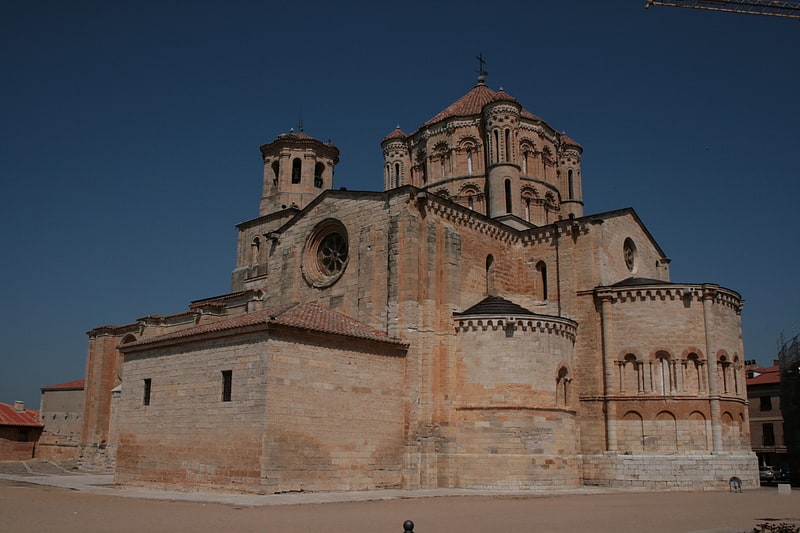
Also known as: Colegiata de Santa María la Mayor
Parish in Spain. The Collegiate church of Santa María la Mayor is a medieval church in Toro, province of Zamora, Spain. It is dedicated to Saint Mary the Great.[1]
Address: Camino de las Becerras, 1, 49800 Toro
Convento del Sancti Spiritus
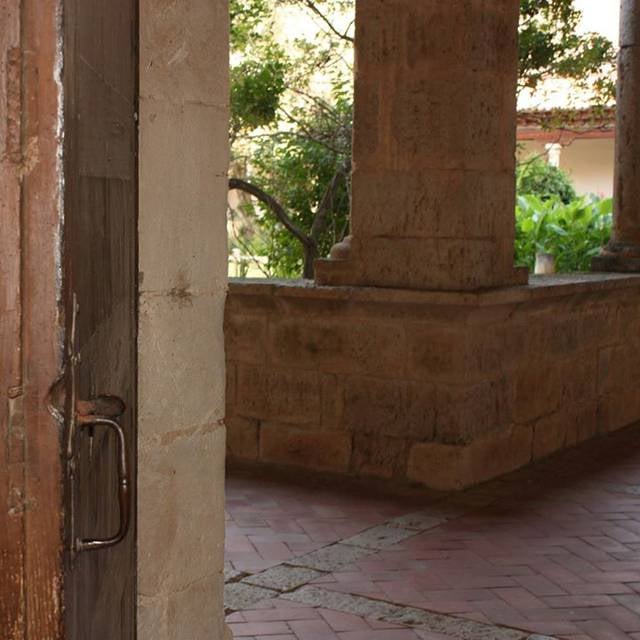
The monastery of Sancti Spiritus el Real, belonging to the congregation of Dominican contemplative nuns, is located in the Spanish town of Toro.
It houses the Museum of Sacred Art of Toro, where there is a unique collection of polychrome sargas of the 16th century, with scenes of the Passion taken from large Italian-Flemish prints. The main work of art in the monastery is the mausoleum sarcophagus of Beatriz de Portugal, queen consort of Castile and León. The building also highlights its church, choir, cloister, chapter house and refectory, among others.
The convent was declared by decree of 27 September 1943, Historic-Artistic Monument, precedent of the current figure of Cultural Interest.
Address: Calle Canto 27, 49800 Toro
Iglesia de San Salvador de los Caballeros
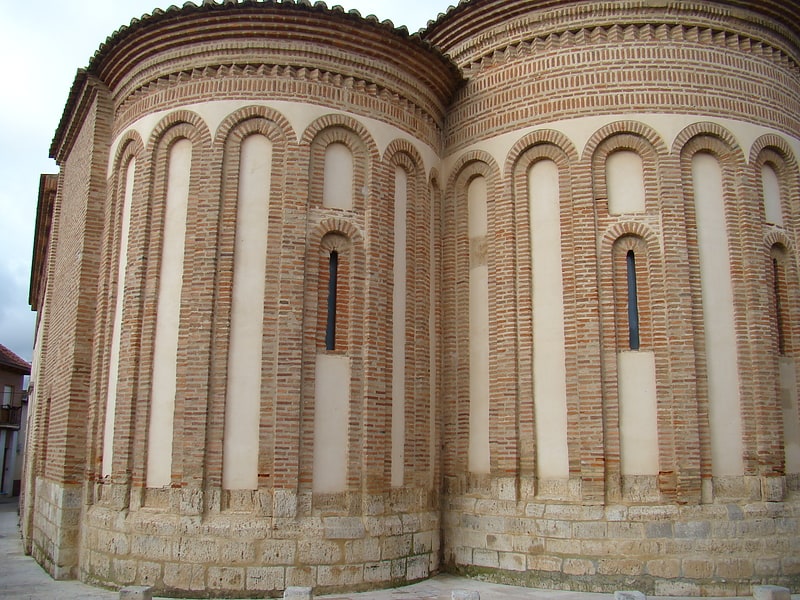
The church of San Salvador de los Caballeros in Toro is a work from the beginning of the 13th century, in Romanesque-Mudejar style. The temple belonged to the Templars until their extinction, at which time it became a parish. It is currently a museum of sacred art where pieces are kept that have been arriving from the various parishes closed or with little chance of custody. A scale model of this building can be found in the Mudejar Theme Park of Olmedo.
Address: Plaza San Salvador de los Caballeros, 3, 49800 Toro
Iglesia del Santo Sepulcro
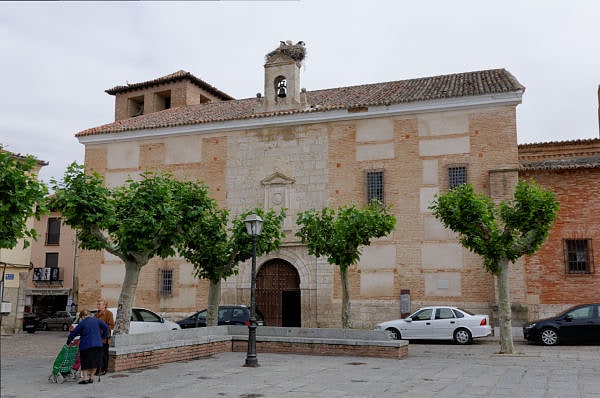
The Church of the Holy Sepulchre is a temple located in Toro. It was the seat of the vicar general of the Order of the Holy Sepulchre of Jerusalem until the 15th century, when it passed to the Order of Malta. In its interior stands out the figure of the baroque Christ of the Expiration and several of the main steps of the Holy Week.
Address: Plaza Mayor, 49800 Toro
Iglesia de San Pedro del Olmo
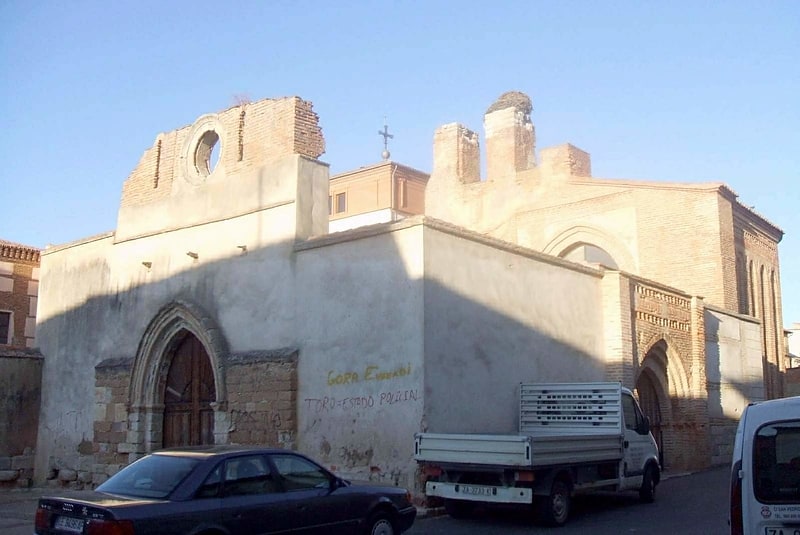
The church of San Pedro del Olmo is located in the city of Toro in the province of Zamora, dating from 1260 as it is cited as Sanctus Petrus de Porta Putei Antiqui, so named for being in the vicinity of the gate of the wall. It became one of the most important churches in the city, but by the 19th century it was in a state of ruin. The apses, a couple of doorways, part of the tower and the perimeter of the walls are in a state of semi-ruin.
Iglesia de Santo Tomás Cantuariense
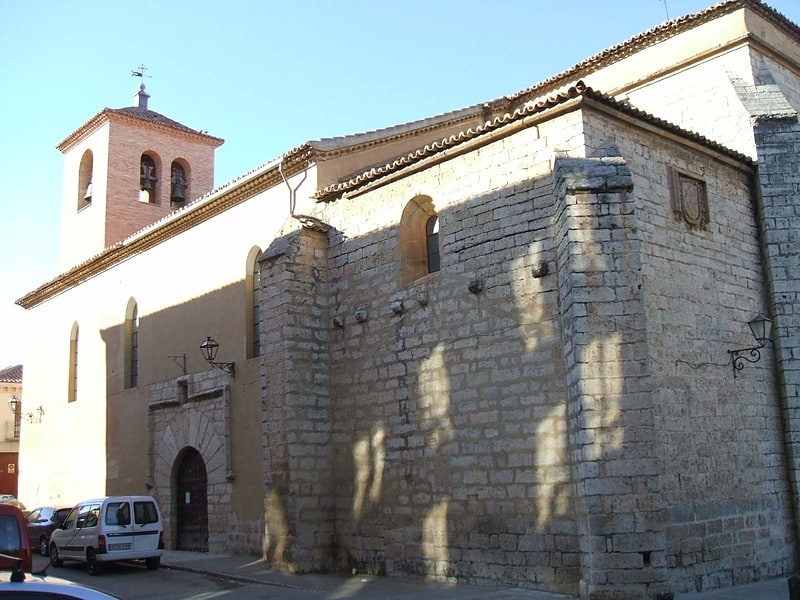
The Church of Santo Tomás Cantuariense is a temple located in the city of Toro. It is a church founded in 1163 that over the centuries is declared in ruins in 1794. The church has traces in its interior of the Mozarabic origins of the repopulations carried out by Alfonso III.
Iglesia de San Julián de los Caballeros
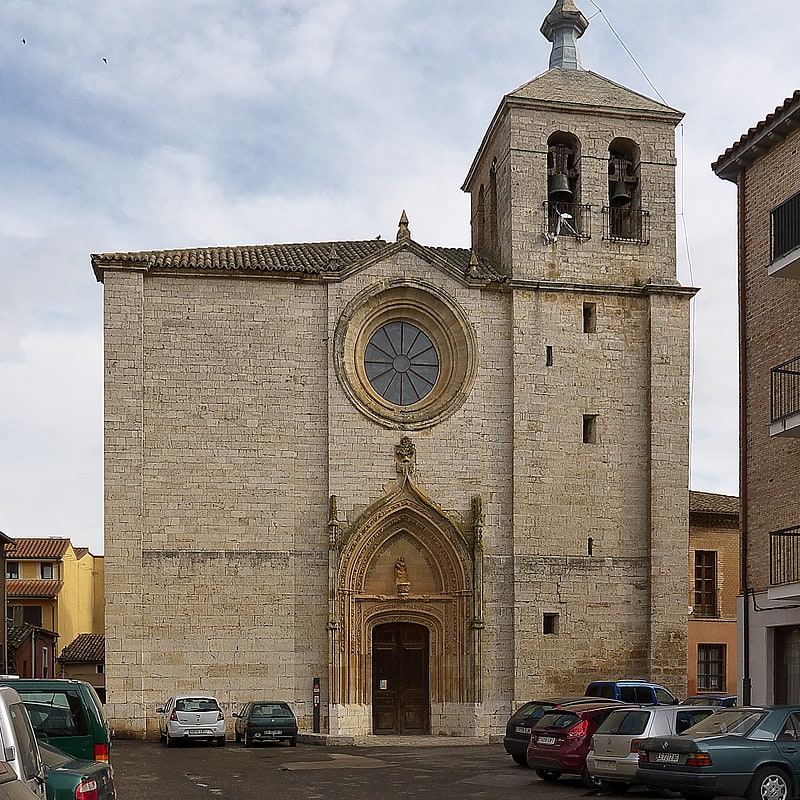
The Church of San Julián de los Caballeros de Toro is an old Mozarabic temple rebuilt in the 16th century by the architect Rodrigo Gil de Hontañón. Its façade, of Gothic-Renaissance transition, was rebuilt in 1879, moving to it the main doorway, from the old monastery of San Ildefonso and on which you can read "In this church the Catholic cult was kept public in the time of the Saracens". Above the doorway is a large round window, and to its right is the bell tower, which dates from 1606. The church, rectangular in shape, is structured in three naves of equal height separated by former arches and an apse.
Address: Plaza San Julián de los Caballeros, 49800 Toro
Iglesia de San Lorenzo el Real
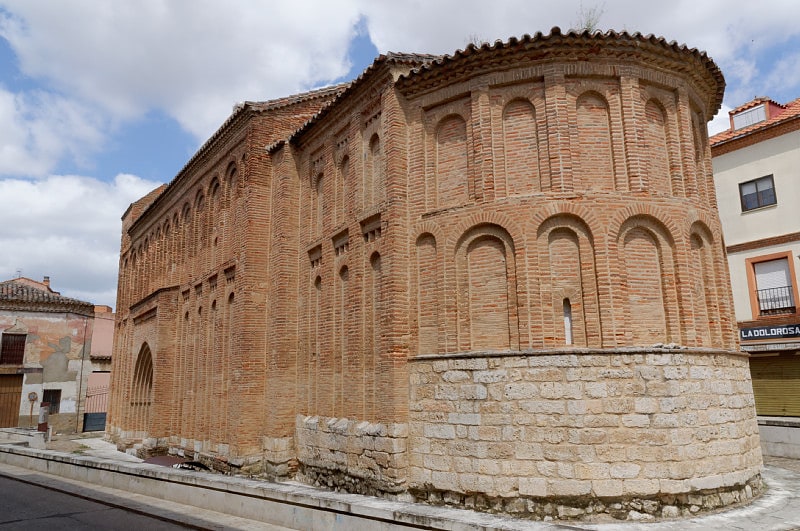
The church of San Lorenzo el Real is located in Toro. It was built in Romanesque-Mudejar style at the end of the 12th century.
The nickname of Real is due to the fact that some members of the Castilla-Fonseca family, bastard descendants of Pedro I el Cruel, are buried here. It is considered the oldest church in the city and the best preserved in its style.
Address: Calle de San Lorenzo el Real, 15, 49800 Toro
Alcázar
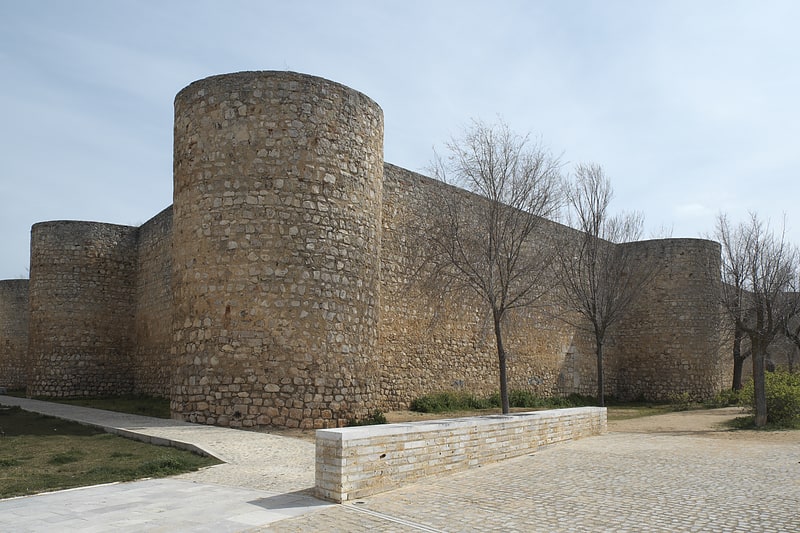
The Alcazar is a square defensive building located in the city of Toro. The original construction dates back to the 10th century, although numerous reconstructions show that it is a more recent building. It is near the riverbank, located on a hill, has defensive walls flanked by seven towers and was part of the set of walls that defended and covered the city. The fortress was the residence of the Catholic Monarchs.
Address: Plaza de San Agustin, 49800 Toro